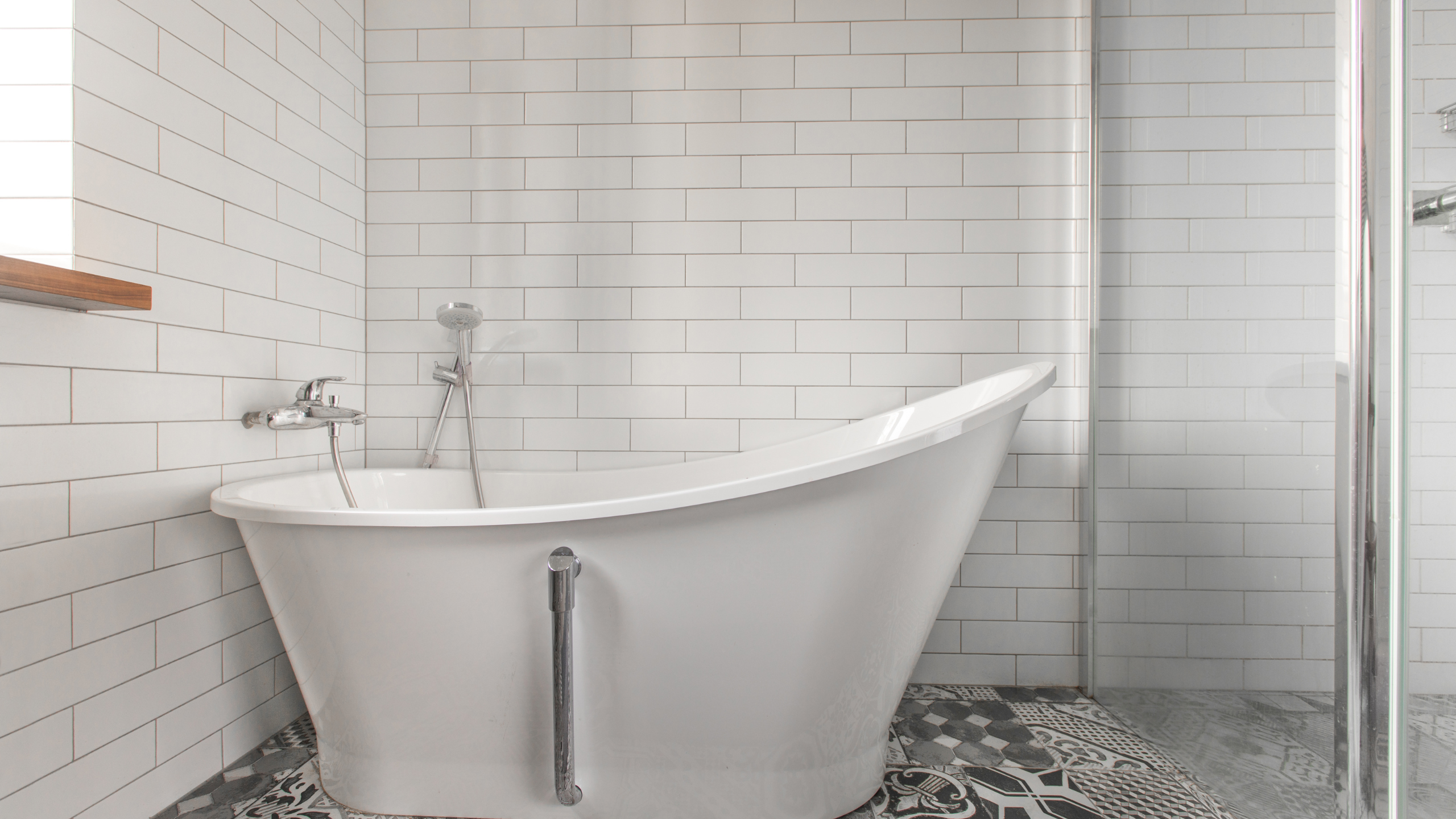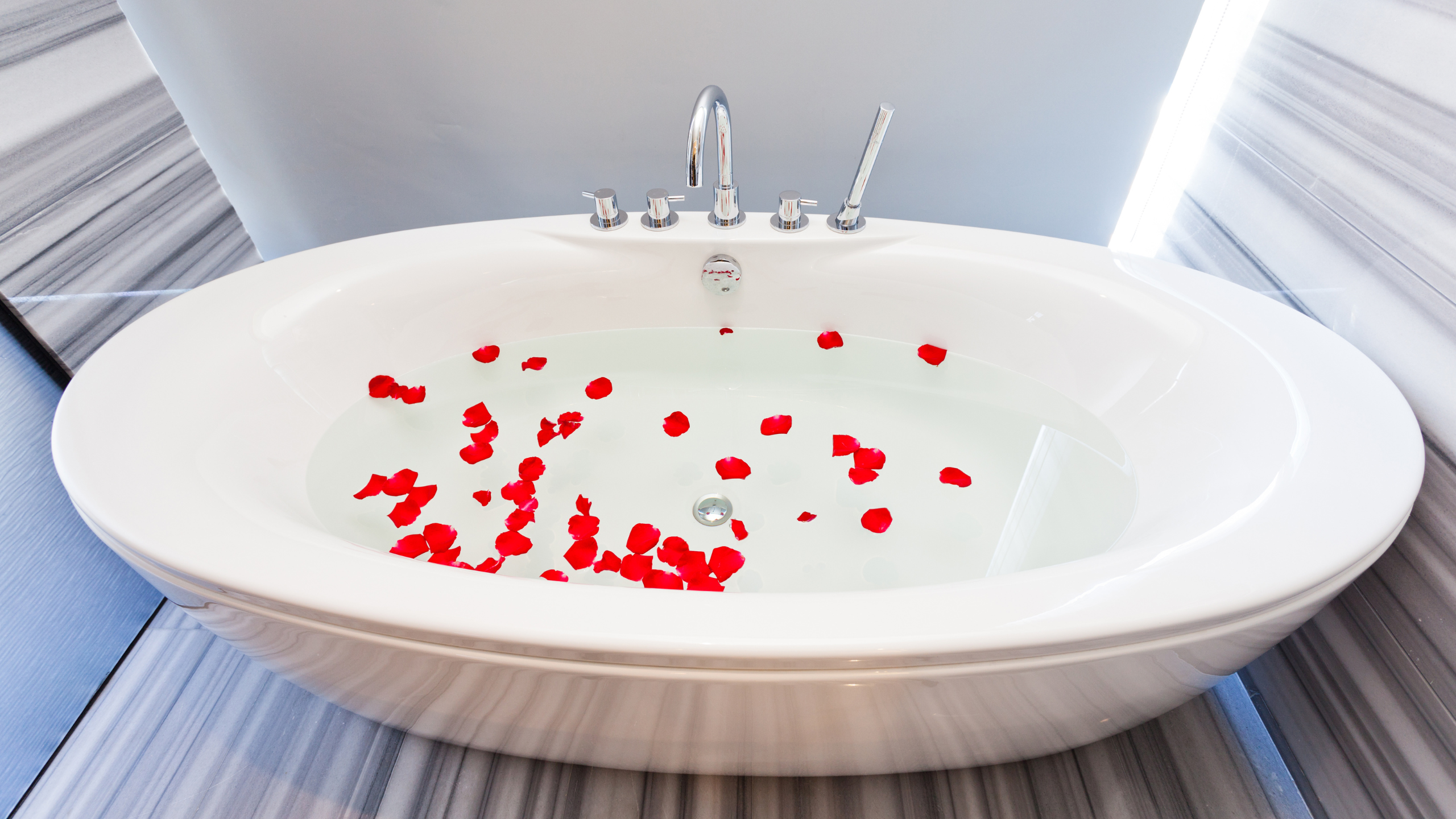Reglazing your bathtub is like giving it a makeover to make it look new again. It’s cheaper and better for the environment than buying a new bathtub. During reglazing, the old surface is cleaned up and fixed if there are any problems, and then a strong coating is applied to make it look and feel fresh. Reglazing makes old bathtubs look modern again without spending too much money or time. But it’s important to know about its limits and what’s involved so you get the best results that last a long time. Yearning for that new bathtub and tile feeling? Toms River Tub Reglazing specializes in tile regrouting and bathtub reglazing, offering a transformative solution to restore the luster of your tiles and make them look brand new again.
How Long Does It Take to Refinish a Bathtub?
Reglazing is much faster than getting a new bathtub. While buying and installing a new tub can take weeks or months, reglazing usually only takes a day or two. This quickness is great for homeowners who want to improve their bathrooms without lots of disruptions. However, it’s important to do the reglazing carefully. Rushing through the prep and curing steps could make the finish less good and shorter.
How Long Will a Bathtub Refinish Last?
How long a reglazed bathtub lasts depends on several factors: the materials used, the skill of the technician, and how well you take care of it afterward. Usually, a reglazed bathtub can stay nice for 5 to 10 years if you look after it properly. Cleaning it regularly with gentle products and avoiding harsh chemicals is important to keep it in good shape and shiny. This way, your renewed bathtub can bring you joy for many years.
9 Common Problems with Bathtub Refinishing & Reglazing (and How to Avoid Them)
While choosing reglazing can save money compared to replacing your bathtub, it has its difficulties. Here are nine common issues with refinishing bathtubs and ways to stop them:
1. Peeling or Bubbling: Prepare the surface and apply the coating correctly to prevent it from coming off.
2. Uneven Finish: Clean and sand the bathtub well before reglazing to get a smooth, even coat.
3. Discoloration: Use coatings that resist UV rays to avoid the bathtub turning yellow or fading.
4. Chemical Sensitivity: Use coatings made for reglazing bathtubs and avoid using strong cleaners that can damage it.
5. Cracks or Chips: Fix any damage on the bathtub before reglazing to ensure it looks perfect.
6. Odor: Keep the area well-ventilated during reglazing to eliminate strong smells.
7. Dust or Debris: Work in a clean place to prevent dust or dirt from ruining the new coating.
8. Water Damage: Fix any leaks or water damage around the bathtub before reglazing to prevent future problems.
9. DIY Mistakes: While DIY kits are available, hiring a professional ensures the job is done right for long-lasting results.
Reglazing may not be suitable for severely damaged or structurally compromised bathtubs, which might necessitate replacement.
Before deciding to reglaze your bathtub, checking its condition carefully is important. If it’s badly damaged or weak, the reglazing might not work well, and you might need more repairs or even a new bathtub. Getting advice from a professional reglazing expert can help you determine what’s best for your situation.
Conclusion
Reglazing is a handy and affordable way to make old bathtubs look new again, but it only sometimes works for some bathtubs. It is important to know the limits of reglazing, like whether it’s suitable for badly damaged tubs or if there’s a risk of problems like peeling or color changes. By understanding these limits and taking good care of your bathtub, you can enjoy the benefits of reglazing for a long time.




